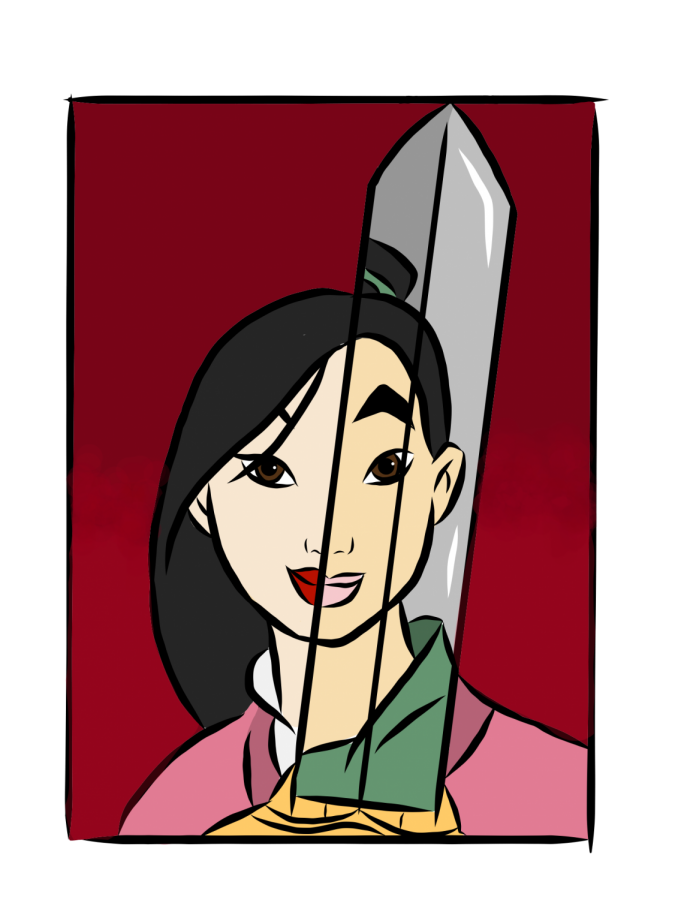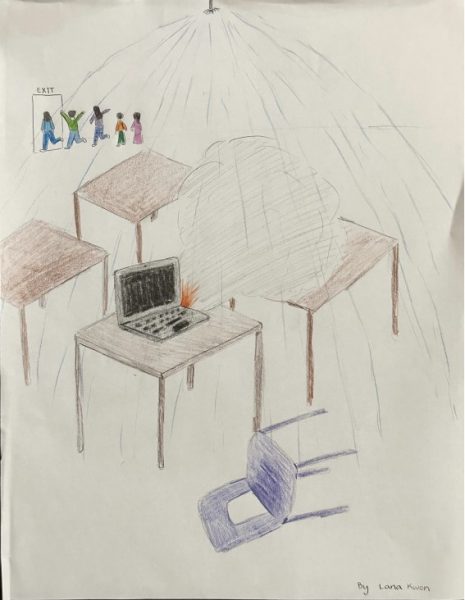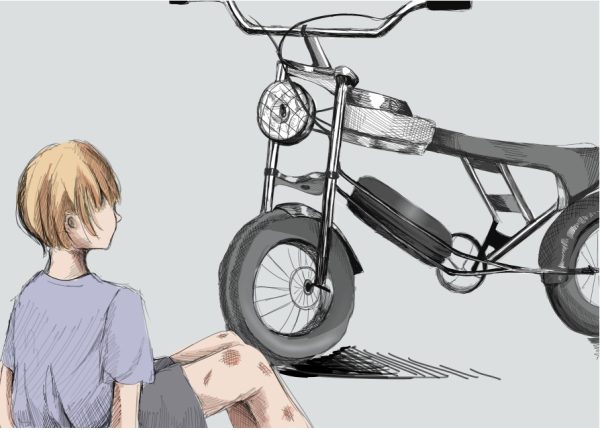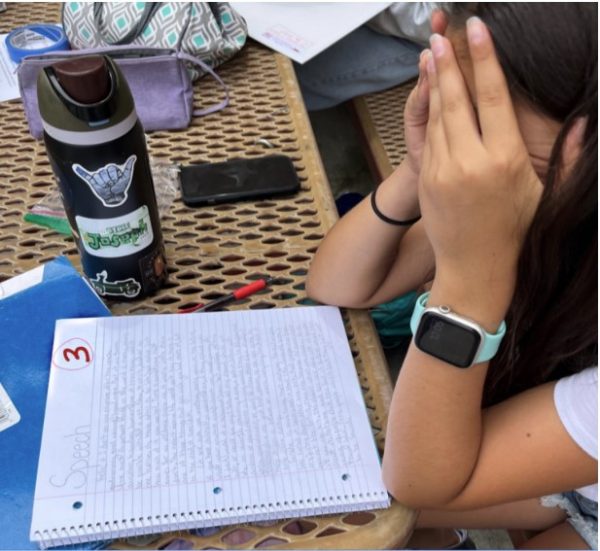Mulan Reimagined
Though people cling to the sentiments of the original Mulan cartoon, the 2020 remake changes Mulan’s image for the better
Mulan reflects a change in a new era, despite the controversy surrounding it.
In 2020, Disney will be releasing a remake of its 1998 classic, “Mulan,” though a “reimagining” more aptly describes the film. This reimagining introduces a new cast and storyline while eliminating characters such as Mushu and Li Shang much to the disappointment of Western audiences, who adore the original “Mulan.”
The original “Mulan” movie, written, directed and produced in a less socially conscious era, was not culturally appropriate. Filled with racist generalizations and gross cultural appropriation, the original film was poorly received in China and bashed for its historical and cultural inaccuracies. Responding to the Chinese audience’s demands, Disney has rewritten the storyline to fit Chinese culture more appropriately but it’s still far from enough.
The problem arises from the unbreachable cultural gap between America and China. Other than the cast, the majority of the production team, including screenwriters, of the 2020 film is not Chinese. This means that the creation of the entire story is based on research, which will never bridge a gap in culture. To produce a truly Chinese depiction of the classic Mulan story, the production crew and screenwriters should include more Chinese members.
Furthermore, the lack of attention to minute details of Chinese culture is overtly obvious in the original film, but the remake is not faring much better. Although Chinese audiences are excited to watch the 2020 movie, they still have their qualms.
Basics in character, costume and set design are overlooked. For example, the famous Mulan scene in which she is presented to the matchmaker with her traditional makeup is historically inaccurate. The yellow forehead and pink cheeks were not popularized until the Tang dynasty, while Mulan is from the Northern Wei dynasty. Her armor, which she wears in many of the battle scenes throughout the movie, is also out of historical context, off by about 300 years and actually from the Tang dynasty according to the Ancient History Encyclopedia. Many other such lapses appear, such as the village’s architectural style, which is actually southern Chinese in design, while Mulan is from northern China (hence the Northern Wei dynasty).
Furthermore, Mulan is a real historical figure- she is not just some made-up story, as many members of Western audiences see her. Her story is taught in history textbooks and is the subject of many poems and books from the era. In China, young children are taught her story of Ti Fu Cong Jun (替父从军) or going to the required military service in place of her father.
Despite the history, Disney continues to grossly romanticize and Westernize her story, pairing her with love interests and garish characters like Mushu and the little cricket. Although beloved, both the little red dragon and cricket represent an orientalist representation of China.
The two characters demonstrate a lack of cultural sensitivity and research, a theme throughout the 1998 “Mulan” film. Dragons, throughout all of Chinese history, are sacred animals with incredible history and depth in Chinese culture. However, in the film, Mushu’s depiction reduces dragons to a personified animal, disrespecting the culture of many members of Chinese audiences are relieved that Mushu won’t be included in the live-action version.
Her character is also westernized to an extreme. To increase the appeal of the story to Disney’s largely western audiences in the late, the company added a love interest, Li Shang, to the mix. Although historical accounts differ, all agree that a Li Shang never existed. According to these accounts, Mulan retired back to her hometown and married her fiance from before the war, Zhao Junsheng. Her potential love interest in this reimagining, Chen Honghui, never existed as well. His existence, despite Disney’s 20 years time to do more research and become more historically sensitive, further demonstrates Disney’s commercialized nature-Disney wants to create a sensational story and does not care for historical accuracy or cultural sensitivity.
Despite Disney’s lack of proper effort in areas that matter, it simultaneously is trying too hard in certain areas. Somehow, the company has tried too much and too little at the same time.
Liu Yifei, or Crystal Liu, is starring as the new face of Mulan in the film. Liu fits Chinese beauty standards perfectly and is dubbed one of the Four Dan actresses in China, or one of the four most marketable actresses in China right now, according to Sina Entertainment News. This shows that Disney is trying to create a box office hit in China and appeal to its Asian markets.
Once again, the cultural gap makes them fail to appeal to Chinese audiences. Many Chinese audience members already question Disney’s choice of Liu as the star. She’s pale and thin, perfectly conforming Asian beauty standards. Mulan is supposed to be a soldier. Mulan is supposed to be strong and muscular- historical portraits of her certainly depict her as such. Mulan isn’t pale- she was a farmer’s daughter that had to work in the fields before she became a soldier. Liu’s character is the opposite of the actress herself.
Because Disney is trying to appeal to the Chinese market, they end up stepping on their own toes by casting an actress that simply is not and can not be Mulan.
For all its shortcomings, I, as a Chinese American, still appreciate Disney’s efforts at historical and cultural accuracy. March 27, I’ll definitely be in front of the big screen. Compared to the 1998 “Mulan,” this reimagining is an incredible stride forward, which, I’m sure, will be the first in many more.
Link to the Ballad of Mulan: https://people.wku.edu/haiwang.yuan/China/tales/mulan.htm
Links:
https://www.metmuseum.org/toah/hd/nsdy/hd_nsdy.htm
https://people.wku.edu/haiwang.yuan/China/tales/mulan.htm
https://en.wikipedia.org/wiki/Mulan_(1998_film)/https://disney.fandom.com/wiki/Mulan
https://www.britannica.com/topic/Xiongnu
http://www.softschools.com/timelines/xiongnu_empire_timeline/345/
https://zhidao.baidu.com/question/1824865465721253628.html
http://ent.sina.com.cn/c_star/2000-07-18/10951.shtml
https://www.ancient.eu/article/1143/armour-in-ancient-chinese-warfare/
Your donation will support the student journalists of Woodbridge High School. Your contribution will allow us to purchase equipment and cover our annual website hosting costs.
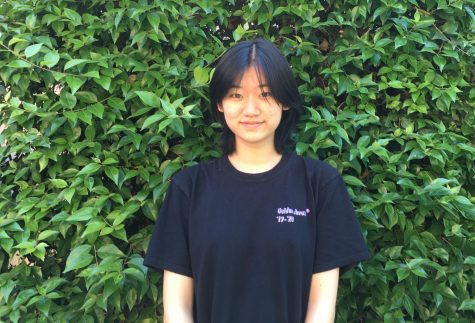
Hey, Woodbridge! I'm so excited to bring the Golden Arrow to you this year as a Co-Editor-in-Chief. Working with our amazing team, I will strive to maintain...

Hey Warriors! I am so excited to begin another volume of the Golden Arrow. Coming into my third year in journalism, I plan to serve our publication as...



